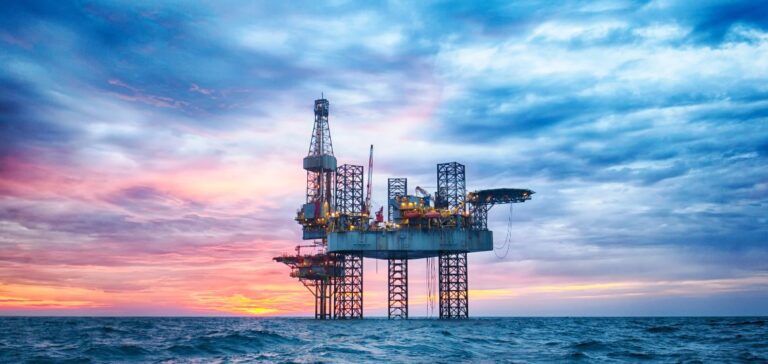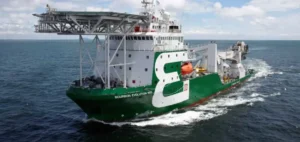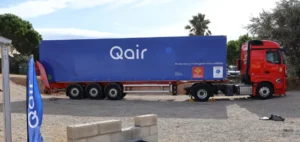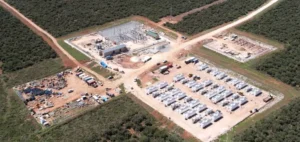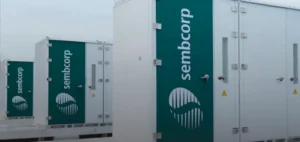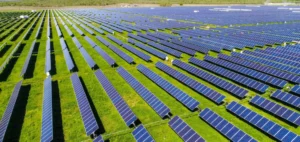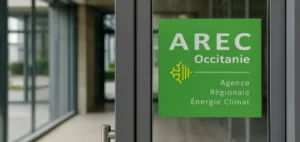Baker Hughes recently adjusted its spending forecasts for North American producers downwards, joining other companies in the sector such as Schlumberger and Halliburton in this outlook.
Despite this revision, Baker Hughes remains optimistic about annual revenue growth, thanks to growing international demand and strong demand for its gas equipment.
Revised Forecasts for North America
Baker Hughes reported a reduction in drilling activity by North American companies, a phenomenon also observed by Schlumberger and Halliburton.
This reduction is attributed to moderate demand and a series of mergers that have limited producers’ budgets.
Baker Hughes now expects North American producers to spend less in the mid-teens, compared with previous forecasts of low to mid-teens.
To offset this downward trend, Baker Hughes is turning to international markets.
The company has adjusted its annual revenue forecasts upwards on the back of increased demand for its gas equipment, aiming to offset the weakness of the North American market by strengthening its presence in international and offshore markets.
Increase in Revenue Forecasts
Baker Hughes has raised its annual revenue forecast to between $27.60 billion and $28.40 billion, an increase of almost 2%.
At the same time, forecasts for its adjusted earnings before interest, taxes, depreciation and amortization (EBITDA) have been raised by 5%, with expectations of between $4.40 billion and $4.65 billion.
This revision is mainly due to an increase in orders for gas technologies, despite some delays in liquefied natural gas (LNG) projects and a pause in the approval of LNG exports to the USA.
CEO Lorenzo Simonelli asserts that demand for gas equipment will remain strong, particularly in Latin America, West Africa and the Middle East, beyond 2024.
Contrasted Dynamics in the United States
Although Baker Hughes observed a slight increase in the rig count in July, the highest since November 2022, the total rig count remained down 11% year-on-year.
The Permian Basin, the main oil-producing region in the USA, saw its rig count fall by one to 304, the lowest level since February 2022.
In contrast, the Williston Basin added one platform, bringing the total to 36, the highest since June 2023.
Spending forecasts from international companies are expected to grow significantly this year, particularly in Latin America, West Africa and the Middle East.
This increased demand for drilling services and gas equipment is helping to strengthen Baker Hughes’ financial outlook.
Despite the challenges posed by the decline in drilling activity in North America, Baker Hughes remains confident in its international growth prospects.
Demand for gas equipment and a strong presence in emerging markets support the company’s revenue forecasts.
Second-quarter results, ahead of analysts’ expectations, confirm this strategy of diversification and resilience in the face of fluctuations in the North American market.


